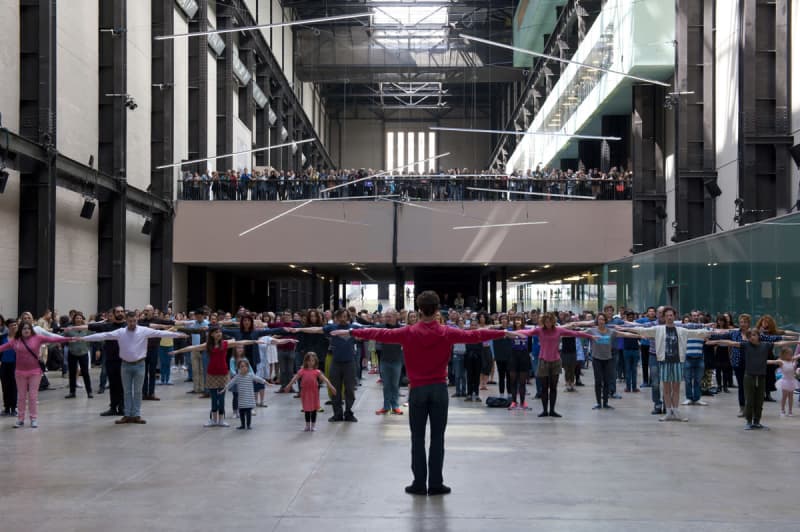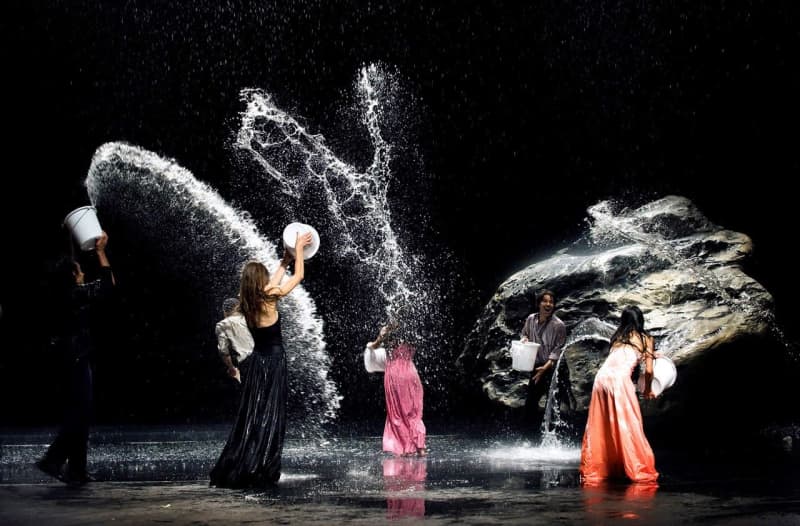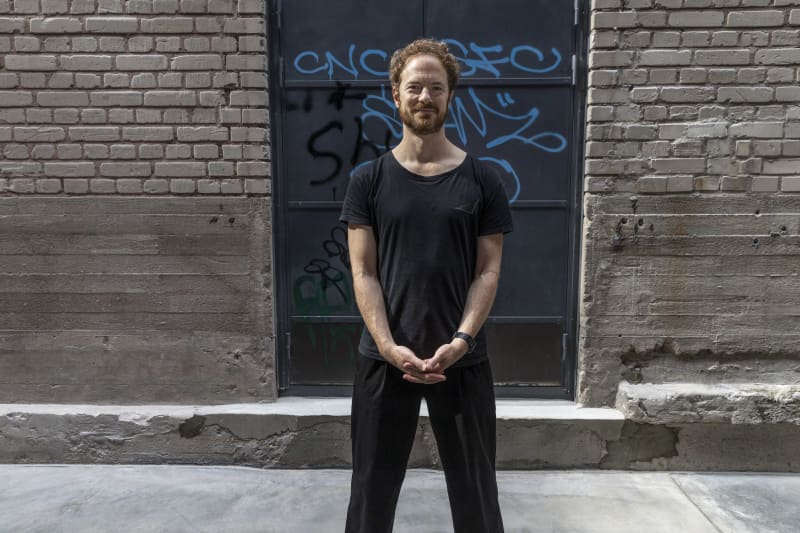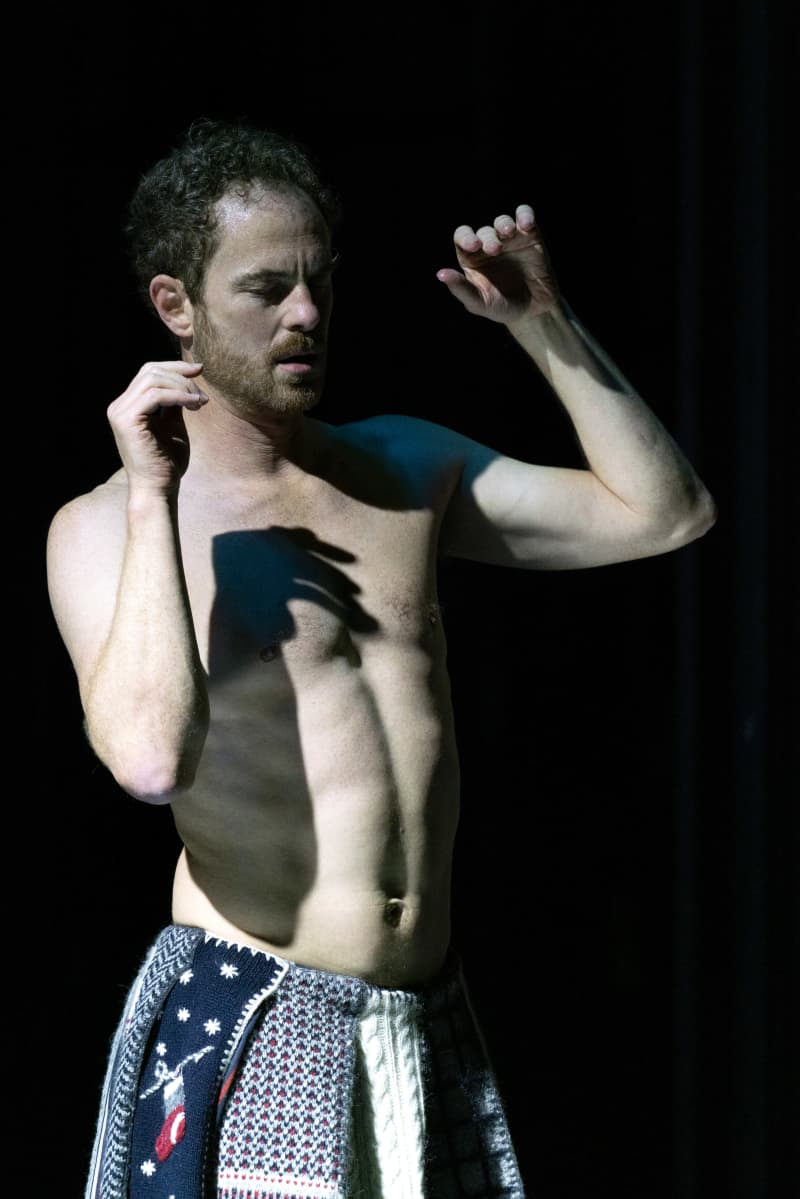Choreographer Boris Charmatz’s dance art is widely exhibited during the festival weeks in Helsinki. He currently runs the Tanztheater Wuppertal, founded by Pina Bausch, whose future performances at Tanssi talo were sold out in a couple of weeks.
Born in France, Charmatz has become one of the most followed choreographers in Europe. He is especially known in Central Europe, where Charmatz has danced thousands of citizens in his own public projects.
Charmatz has made a dance piece for the old opera house in Paris. There, instead of a stage, the performance was held in the majestic staircase and gilded warmth of the legendary building. Charmatz invited the citizens to London’s Museum of Modern Art (Tate Modern) and asked what if Tate Modern was a Museum of Dance?
He has also made people dance in the former hangar of Berlin’s disused Tempelhof Airport. After the three-quarter warm-up, the audience has been able to decide whether they want to continue as an audience or as performers.
The series of inclusive, massive dance works began in Rennes in northern France a good five years ago. Charmatz developed the _Fous de danse_, Crazy to Dance concept, where professional dancers and citizens meet live.
– There is a large square in Rennes, which the townspeople do not like. It’s deserted. We decided to make a public piece there, where professional dancers mixed with amateurs. The styles ranged from folk dance to hip-hop and my own movement language. The event became hugely popular, says Charmatz.
The project was implemented three times, and a total of 16,000 people came.
– I love dancing in the theater, like here. Tanssi talo is a huge asset for Helsinki, Charmatz states.
However, it is easier to reach the potential audience of dance outside the institutions.
– I also like the fact that people can watch the dance for free in public spaces and join in the dancing.
He also talks about fears that may be associated with public spaces. Working together can have a positive effect on them.
– With the help of dance, we can dispel these fears together.

An avalanche of movement reached Helsinki
The group will come to Helsinki in November with the work _Vollmond_ (Full Moon), the Tanssi talo performances were sold out in two weeks. Piloting the group, which was founded in the early 1970s, is a task in the world of dance that is closely monitored. Tanztheater Wuppertal has produced only a few new works since Bausch’s death, and the group is considered intact.
– The first year is learning. How the group works, and what they want, Charmatz says.
Tanztheater Wuppertal’s future repertoire was already locked in place until next spring, when Charmatz took over as the group’s artistic director. He, on the other hand, will tour with his own works this fall and next spring.

The first joint work between Charmatz and Tanztheater Wuppertal will have its premiere in September 2023.
– Tanztheater Wuppertal will always be the same as Pina Bausch, but at the same time the group’s dancers, bodies and society will change. The works are displayed in a different context than before. The friction between man and woman is at the heart of Bausch’s works, but today’s man and woman are no longer the same as they were in the 1970s.
Charmatz refers to the multiplicity of genders.
– There are many people who do not feel that they are men or women. Gender and sexuality are changing. The group includes, for example, a Brazilian dancer who is a trans woman. Where does he place himself in these Pina Bausch works, Charmatz asks.
He assures that Bausch’s works will be presented with respect to the author in the future as well, but perhaps from a slightly different perspective.
– I am sure that people will see the change. Bausch’s works may be presented in a slightly different way than before, but the continuity of artistic heritage is at the heart of everything, says Charmatz.
– Actually, I don’t know what I want to say with this work. Because in the end it has 10,000 things and gestures. It’s like a flurry of movement, Charmatz says, smiling.


